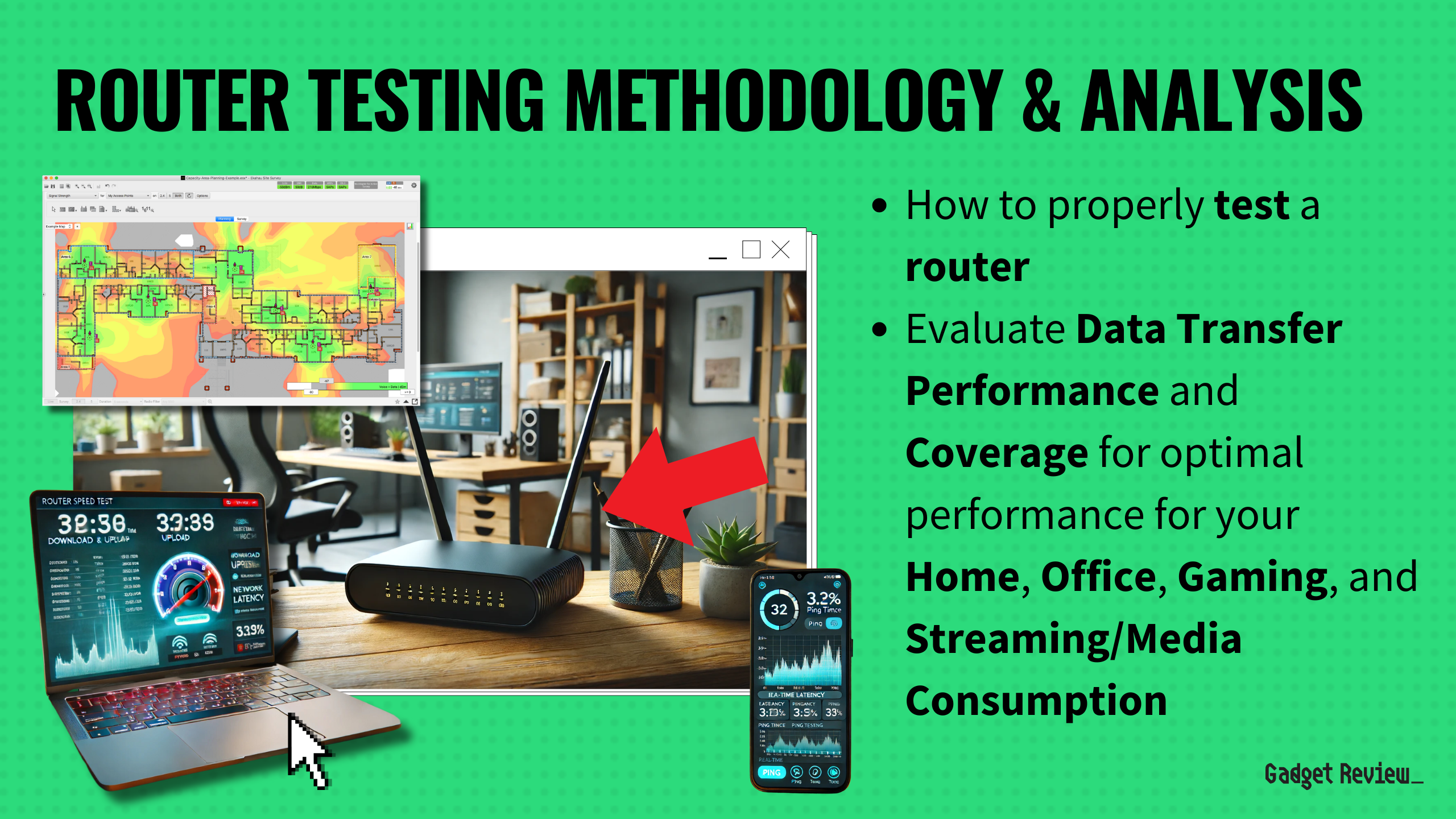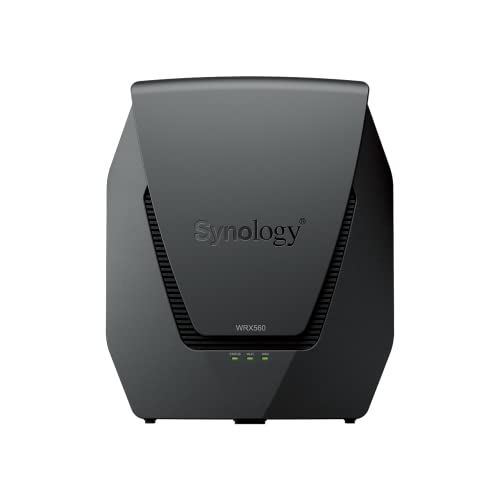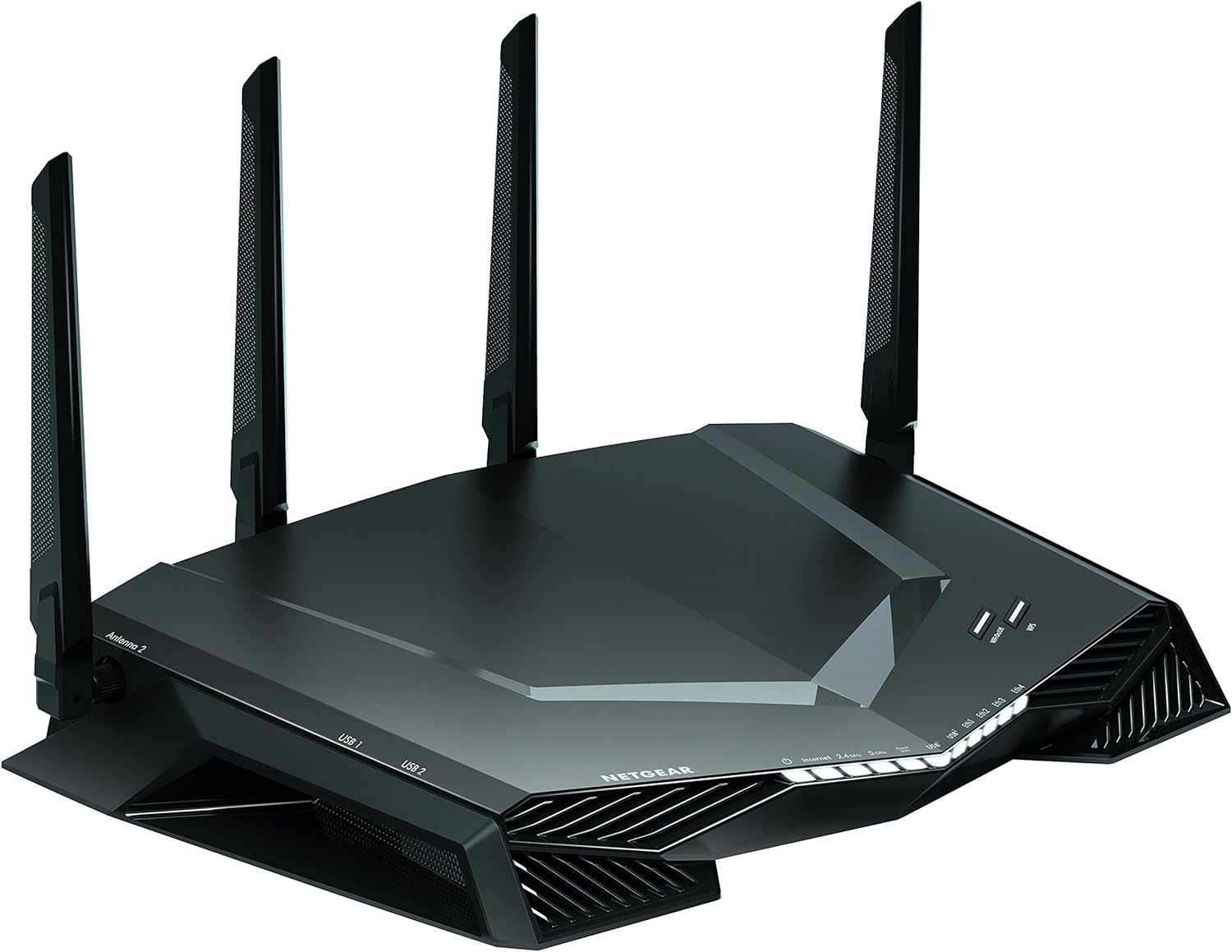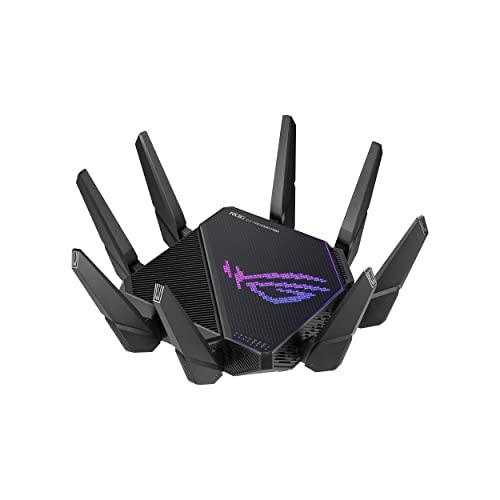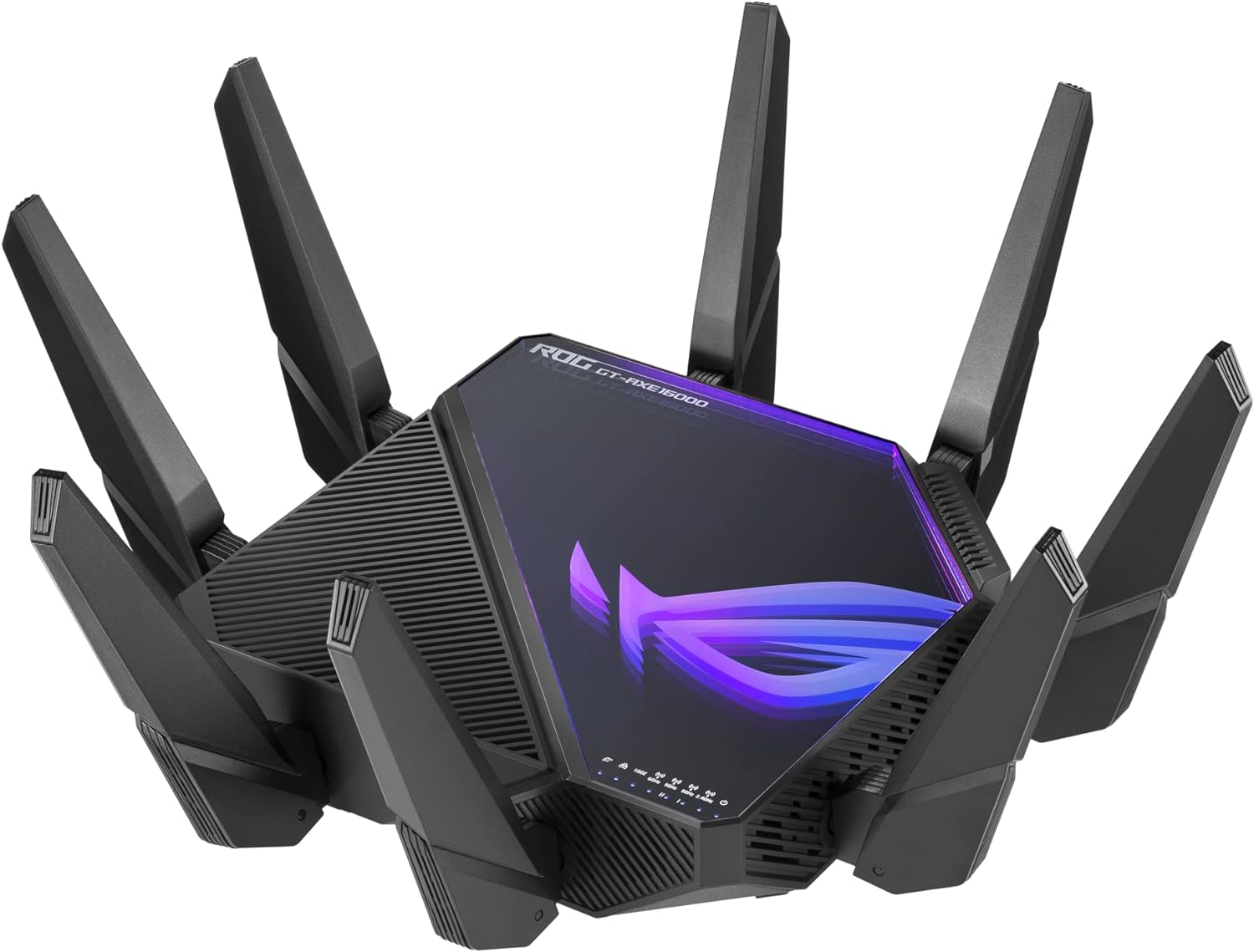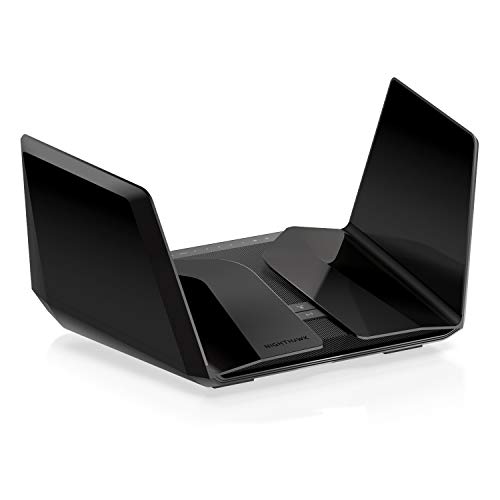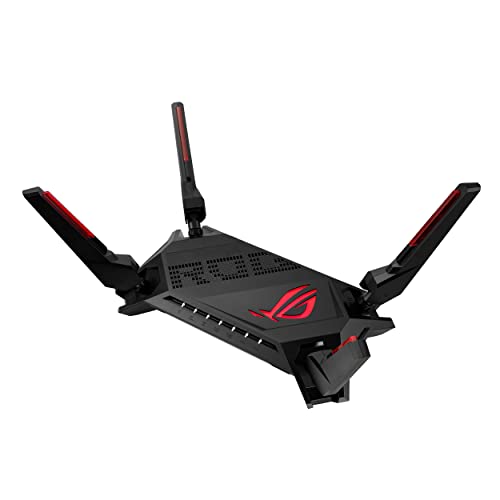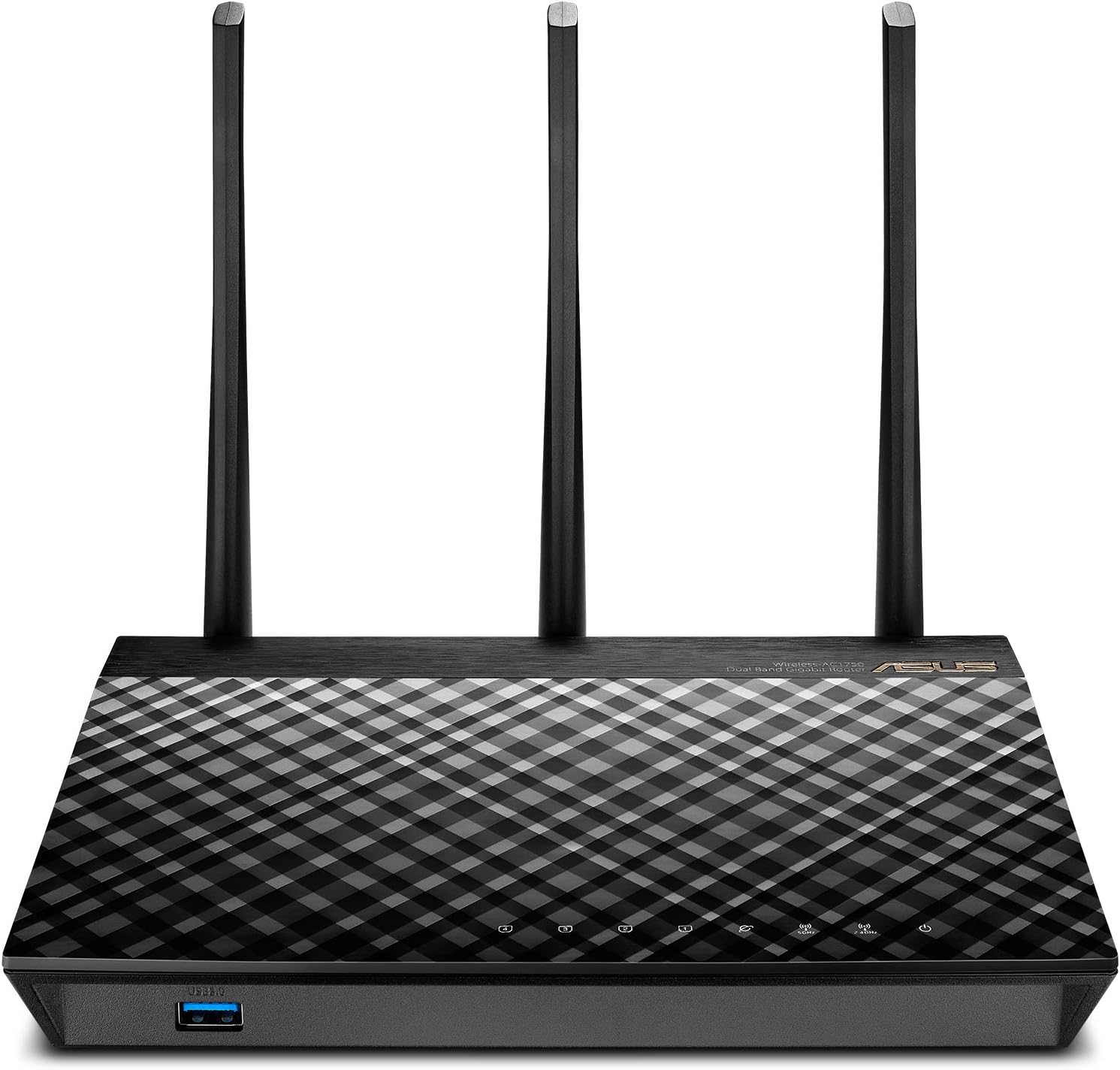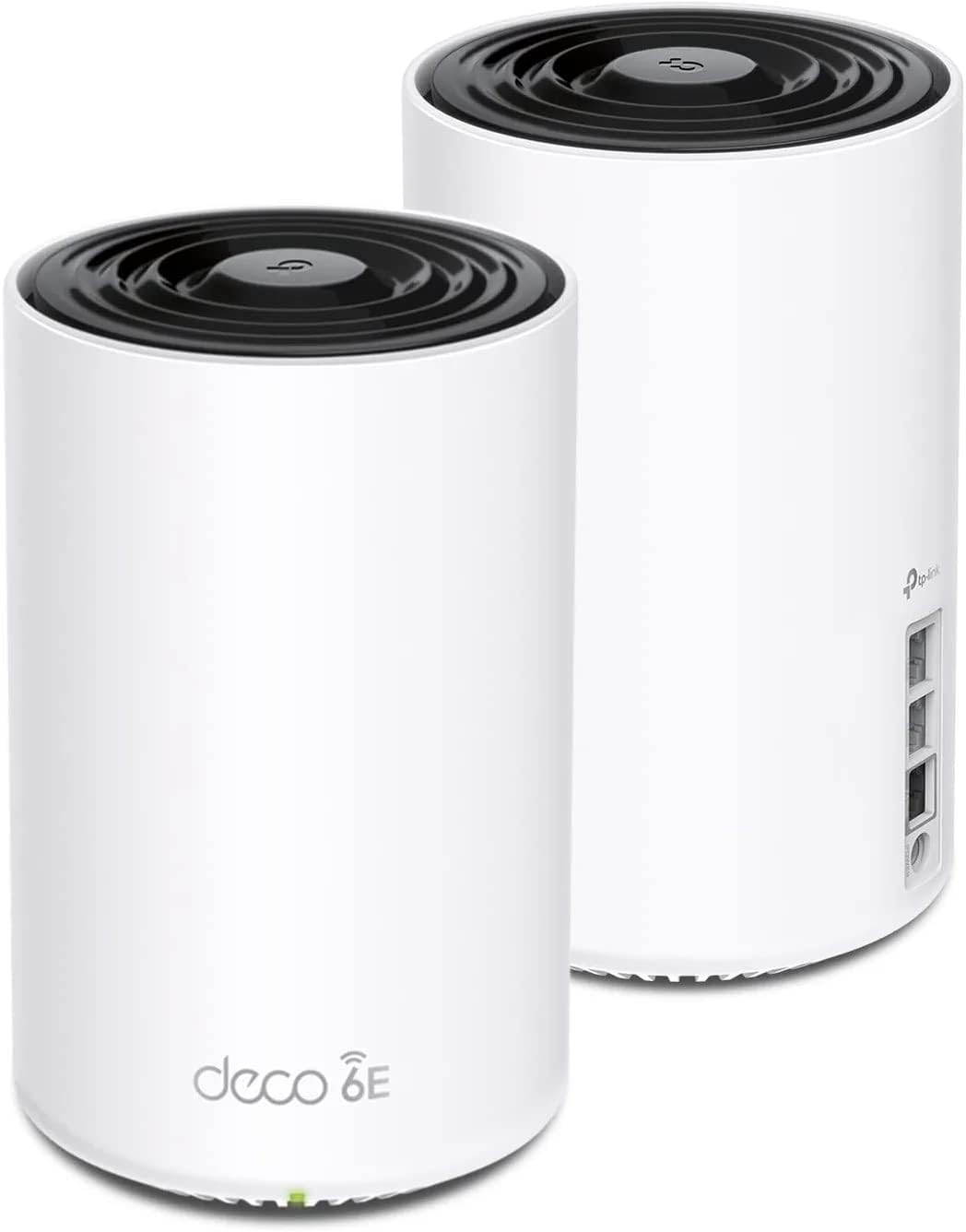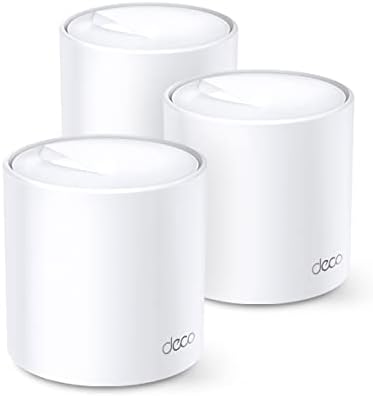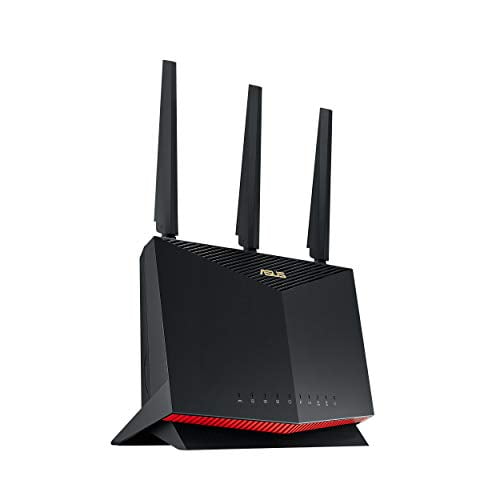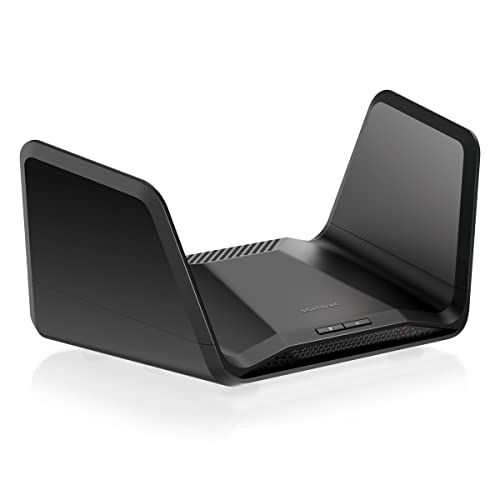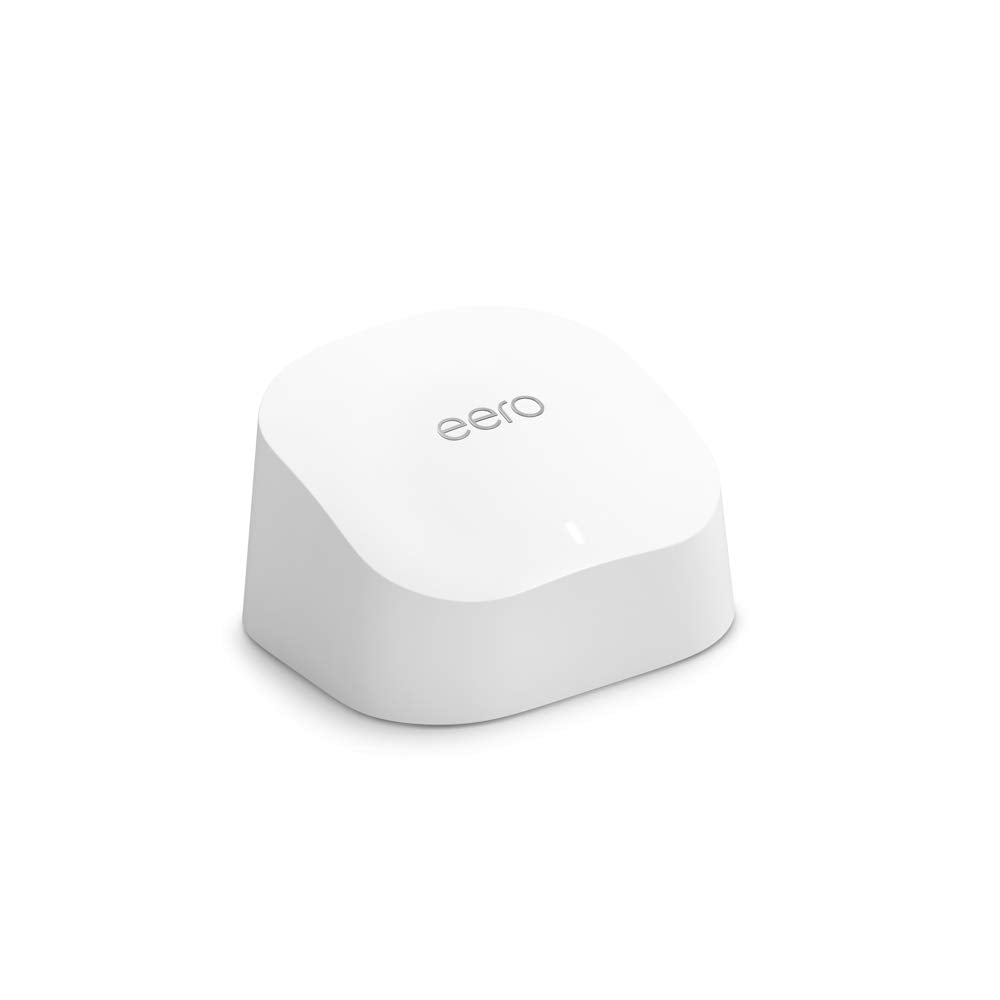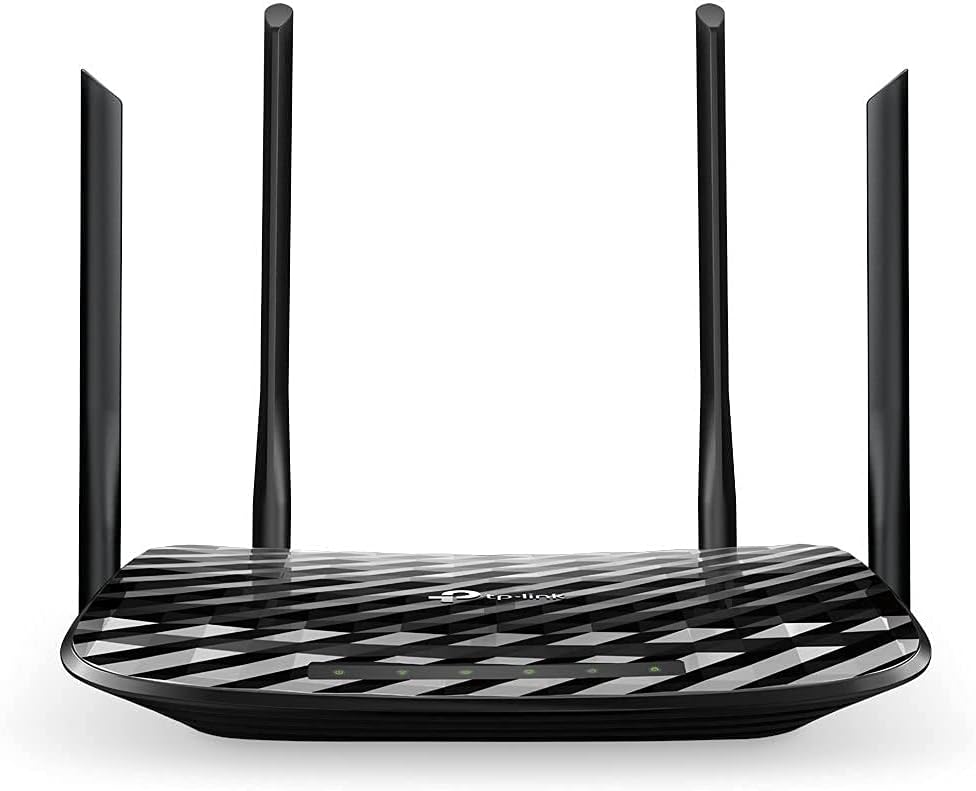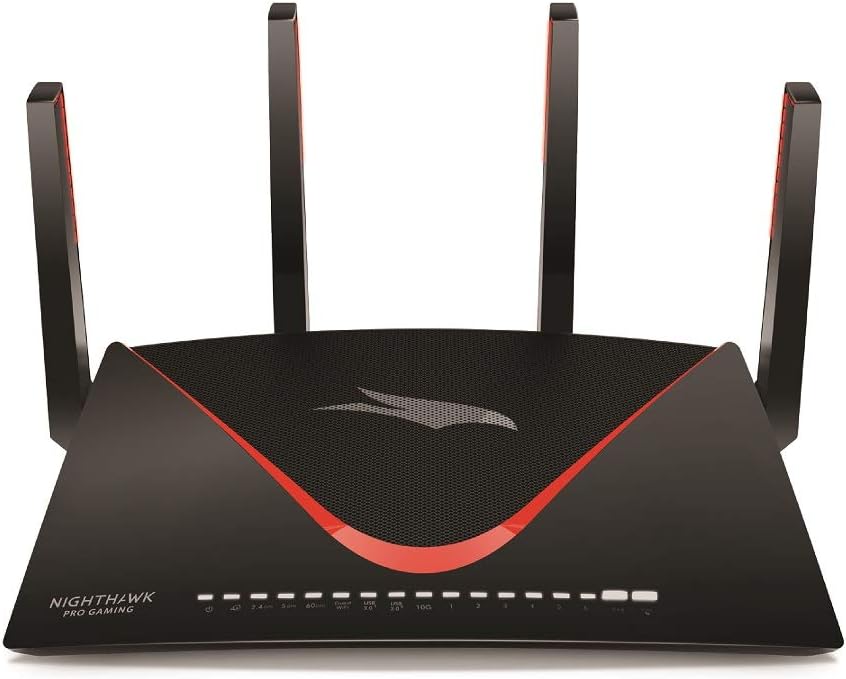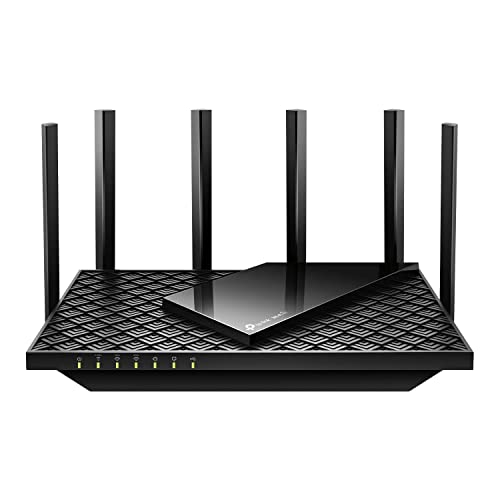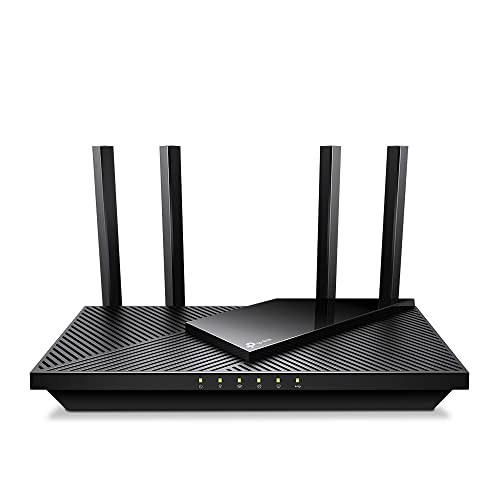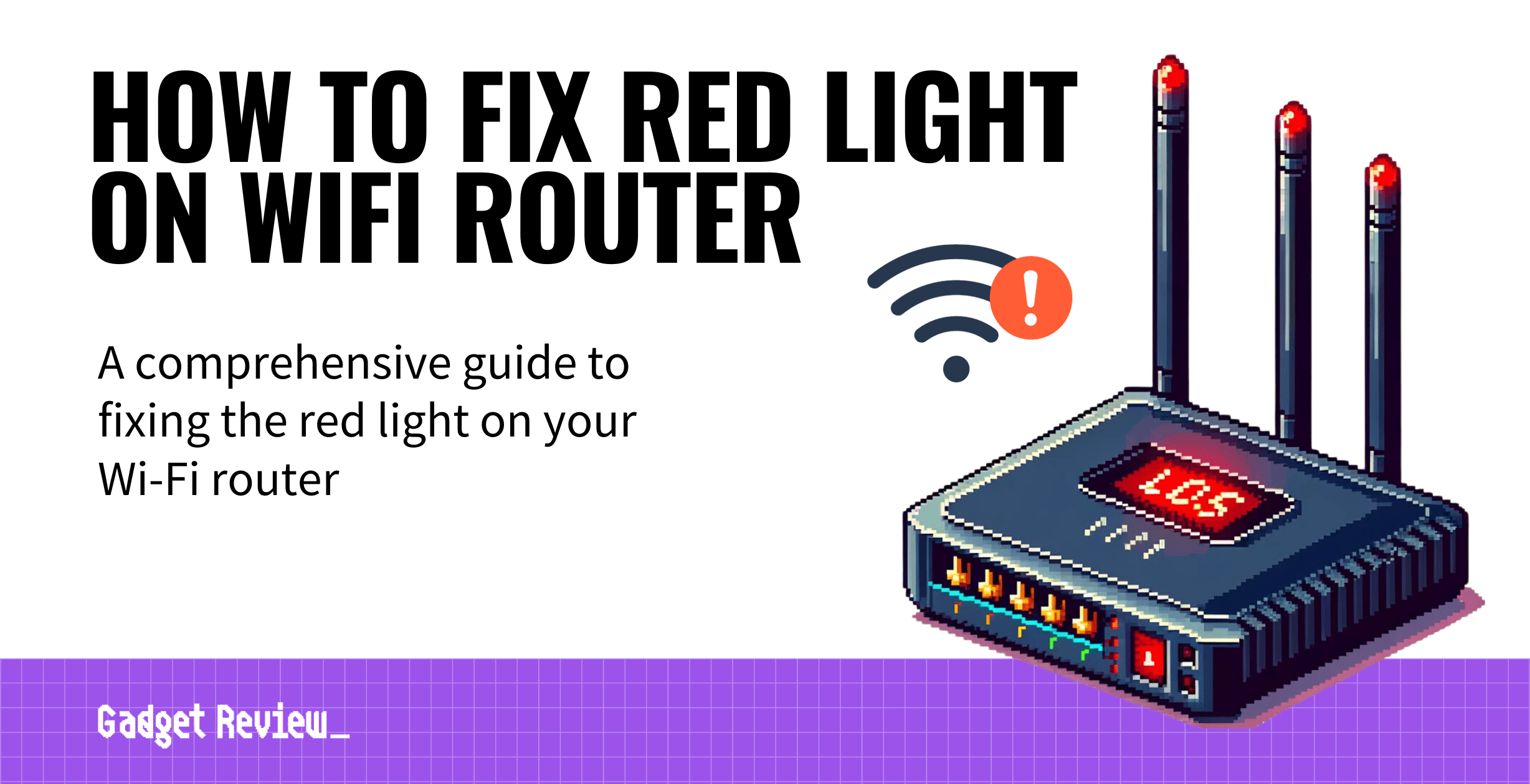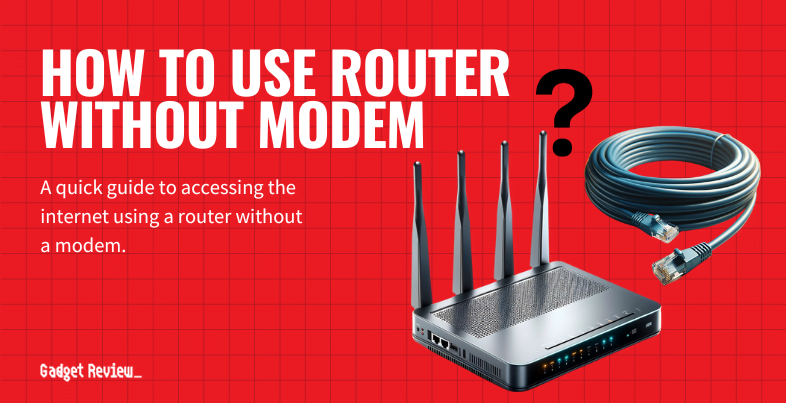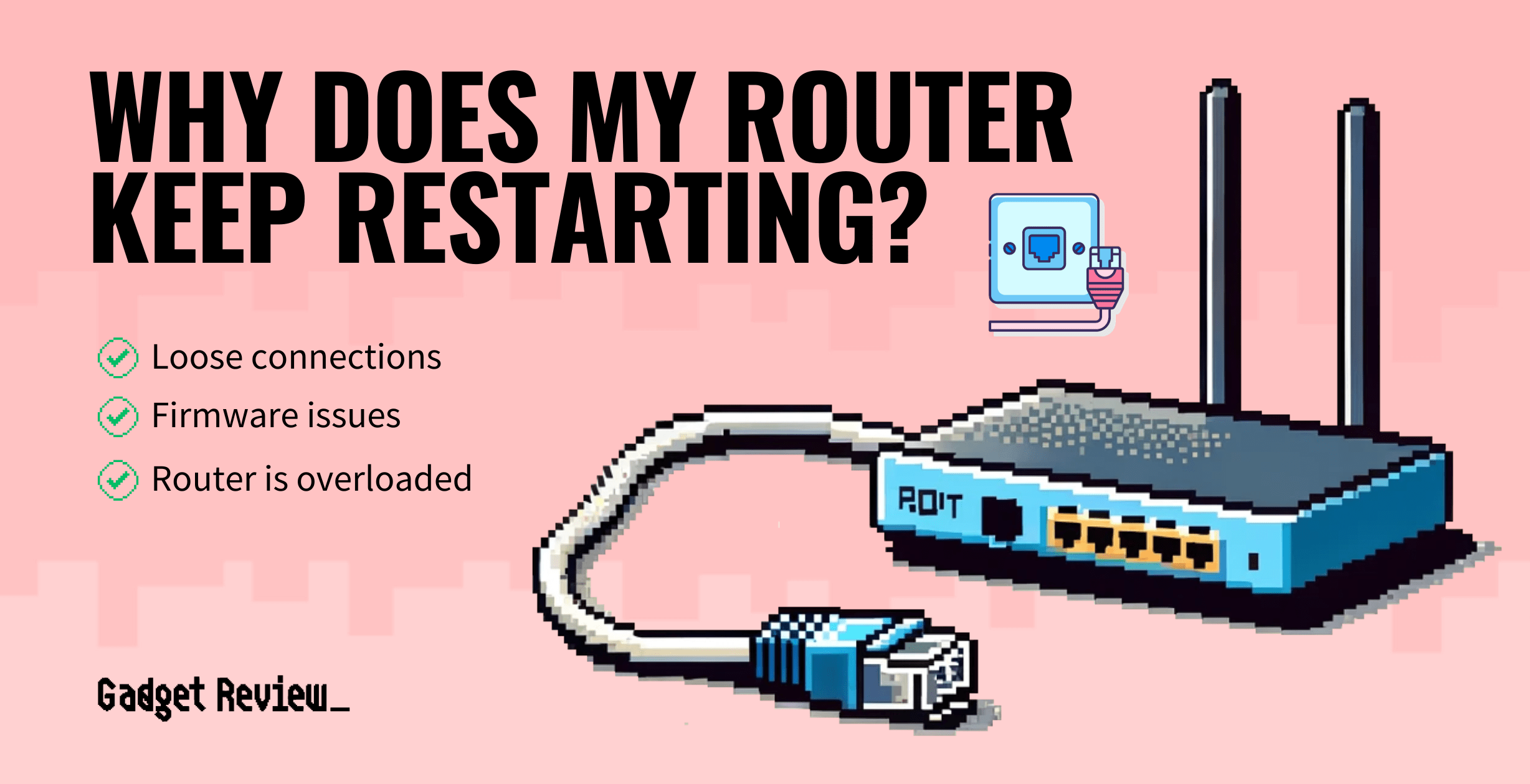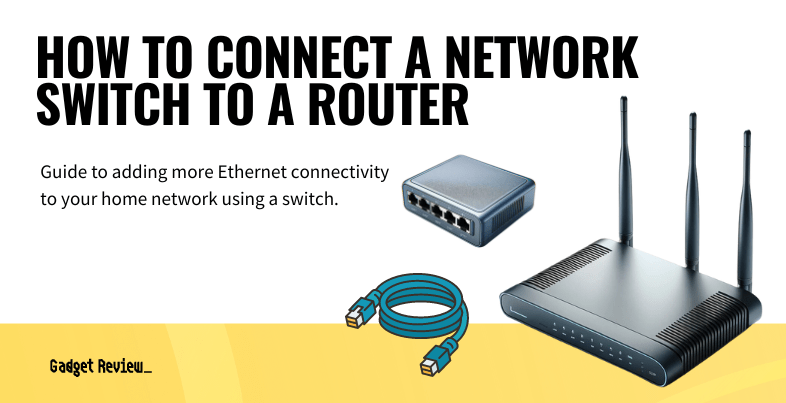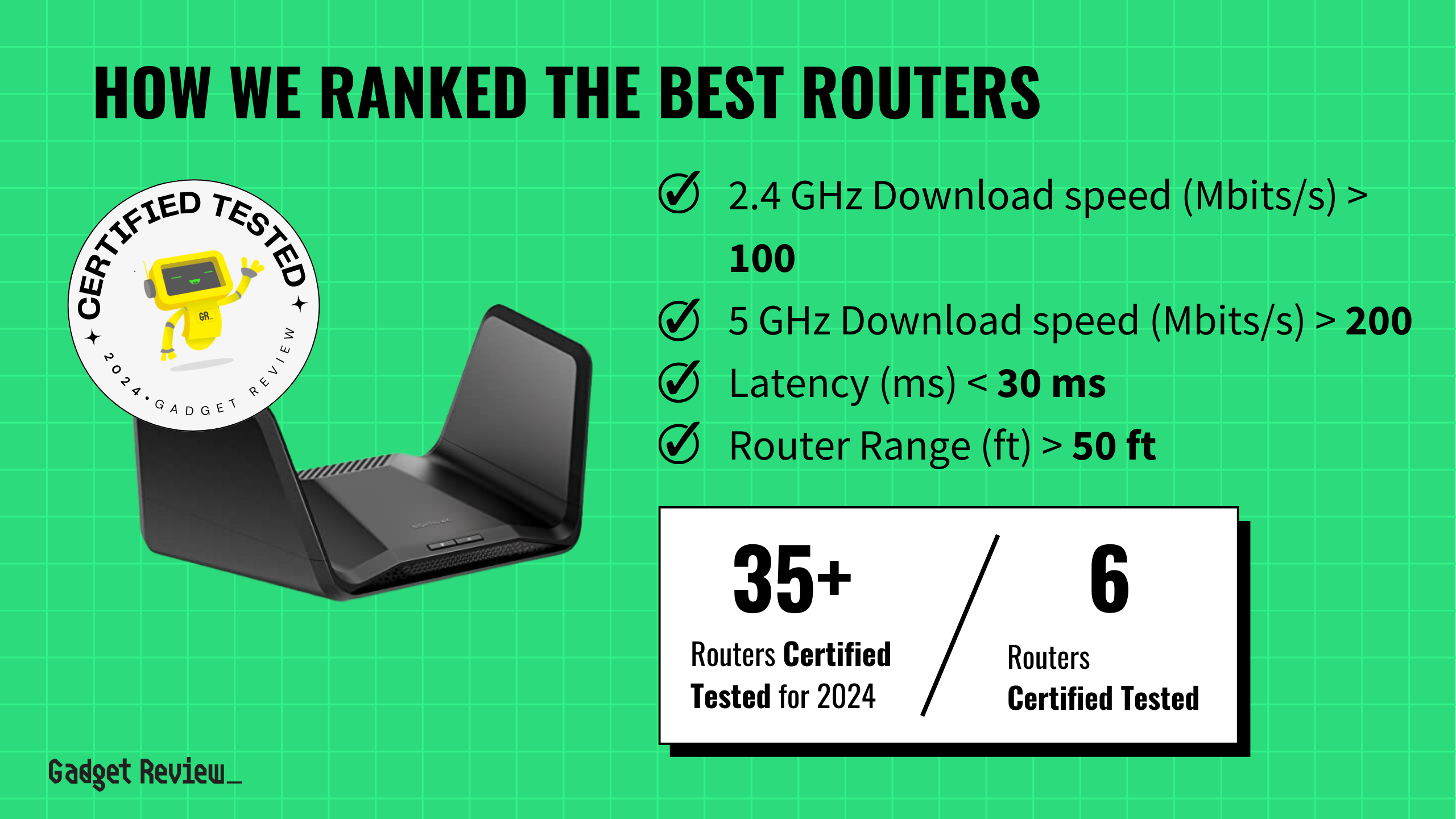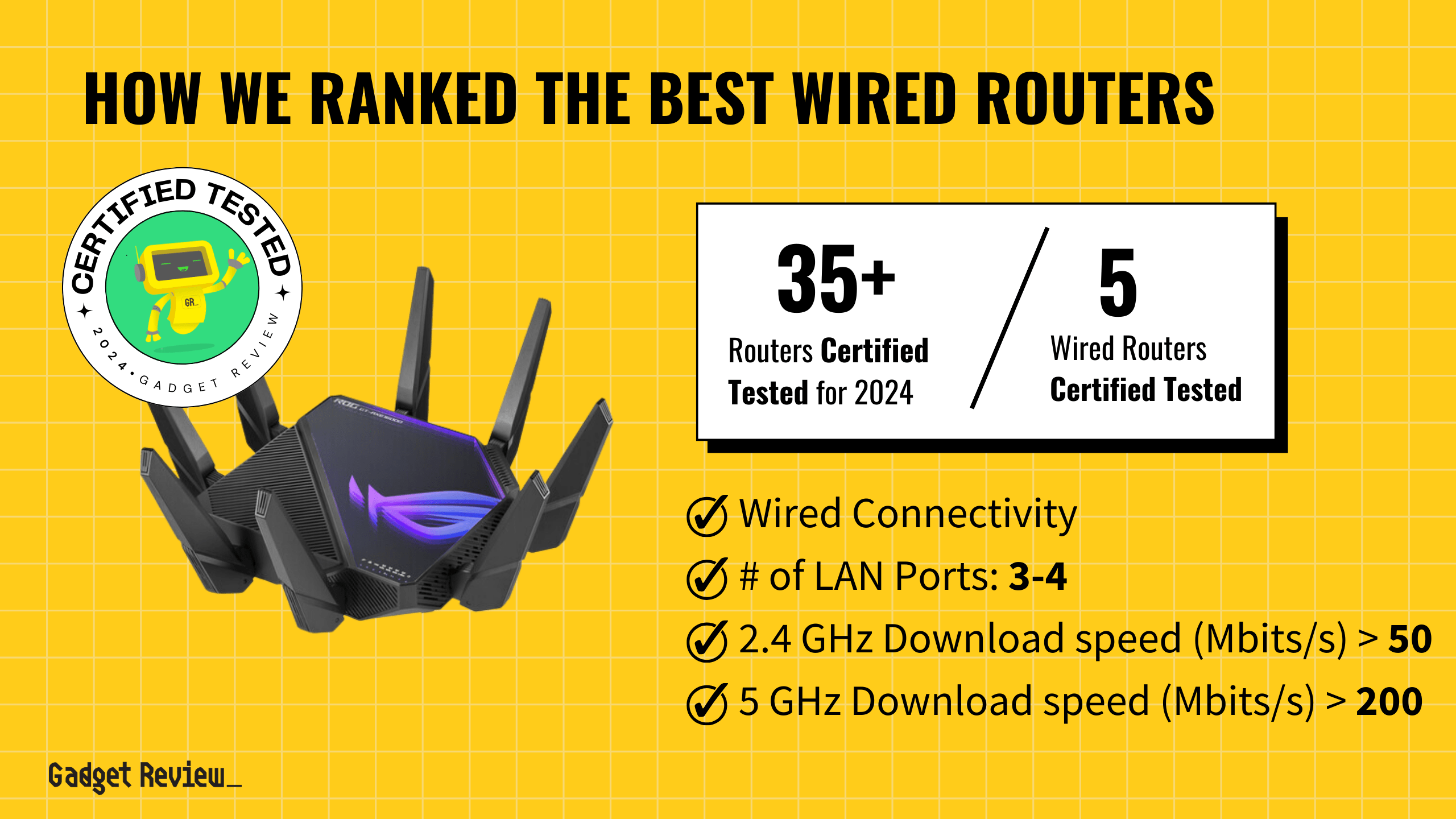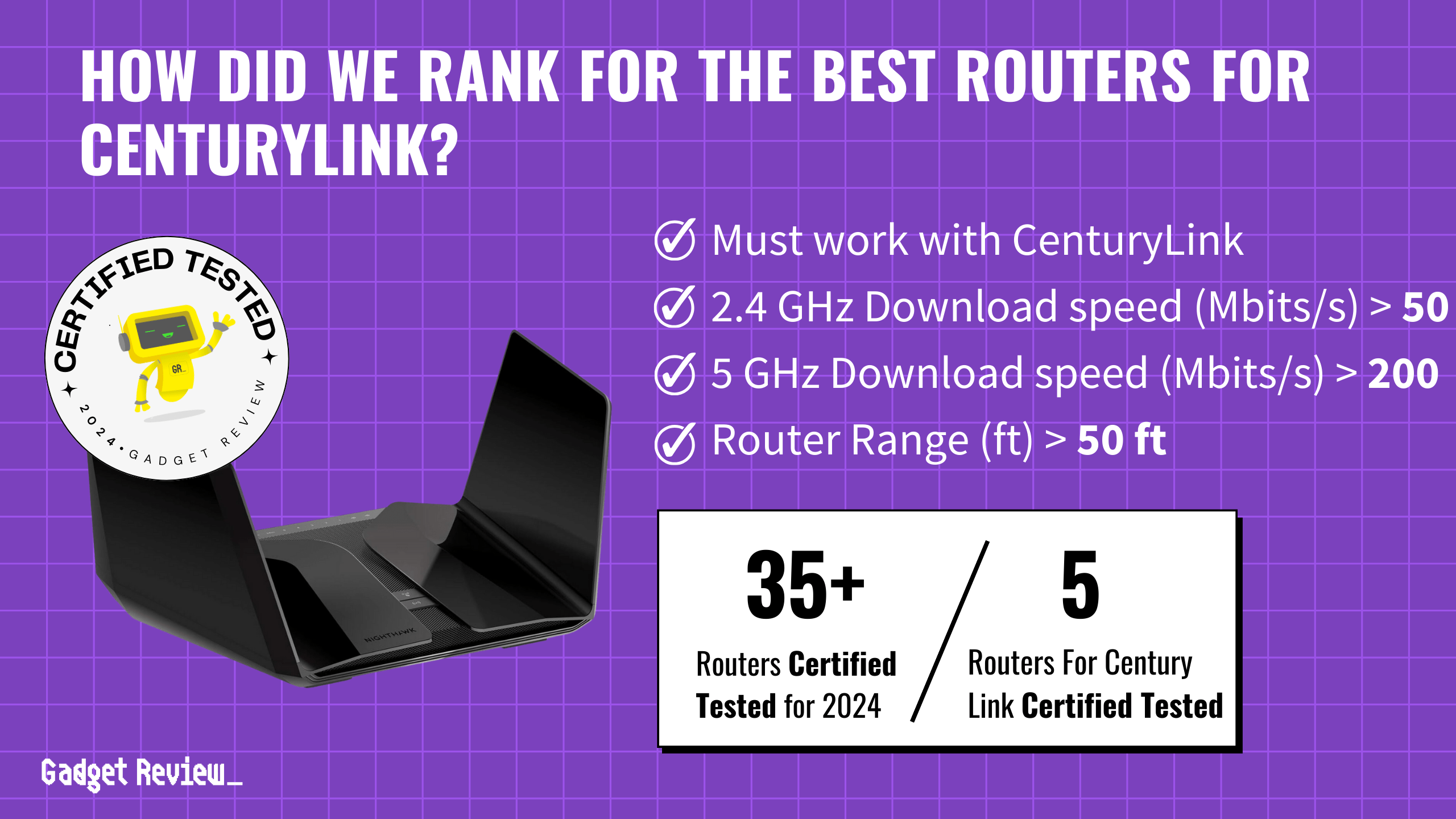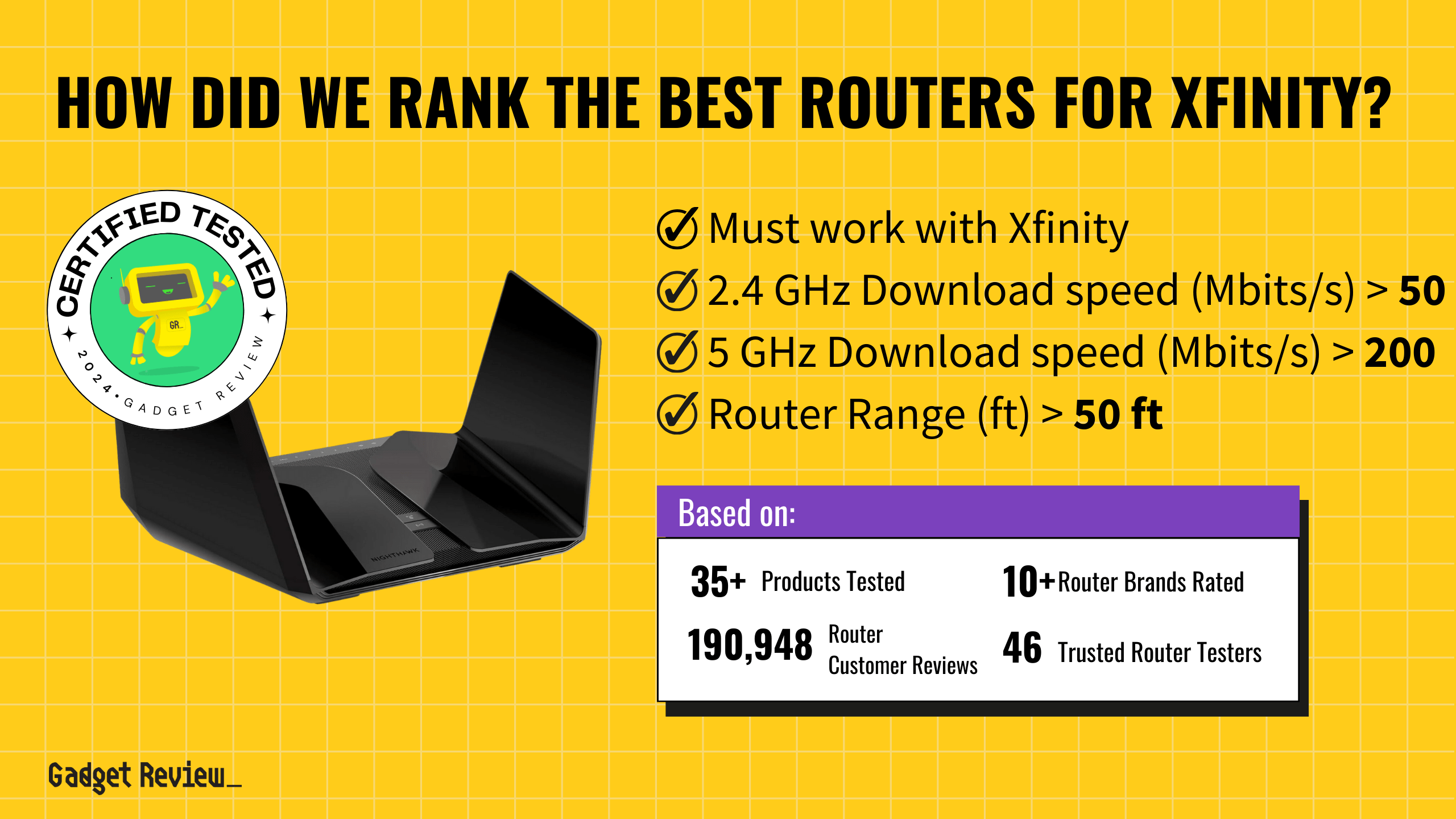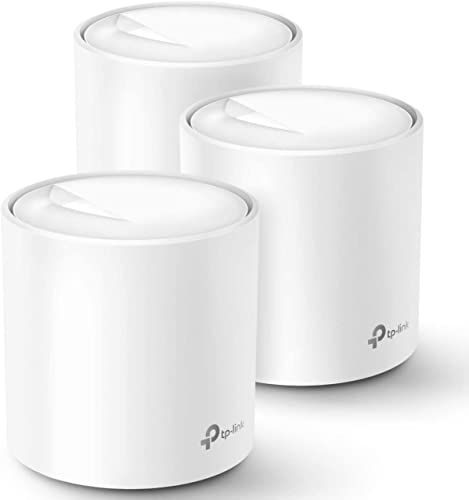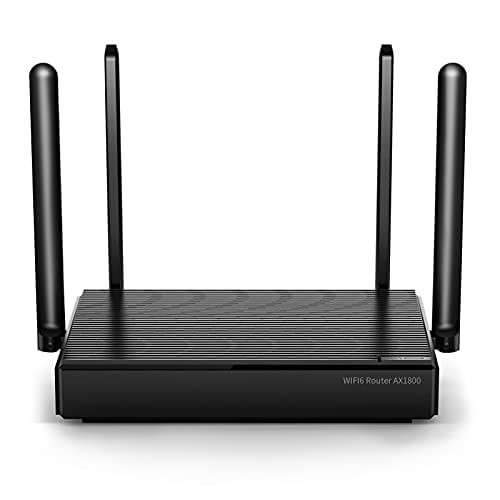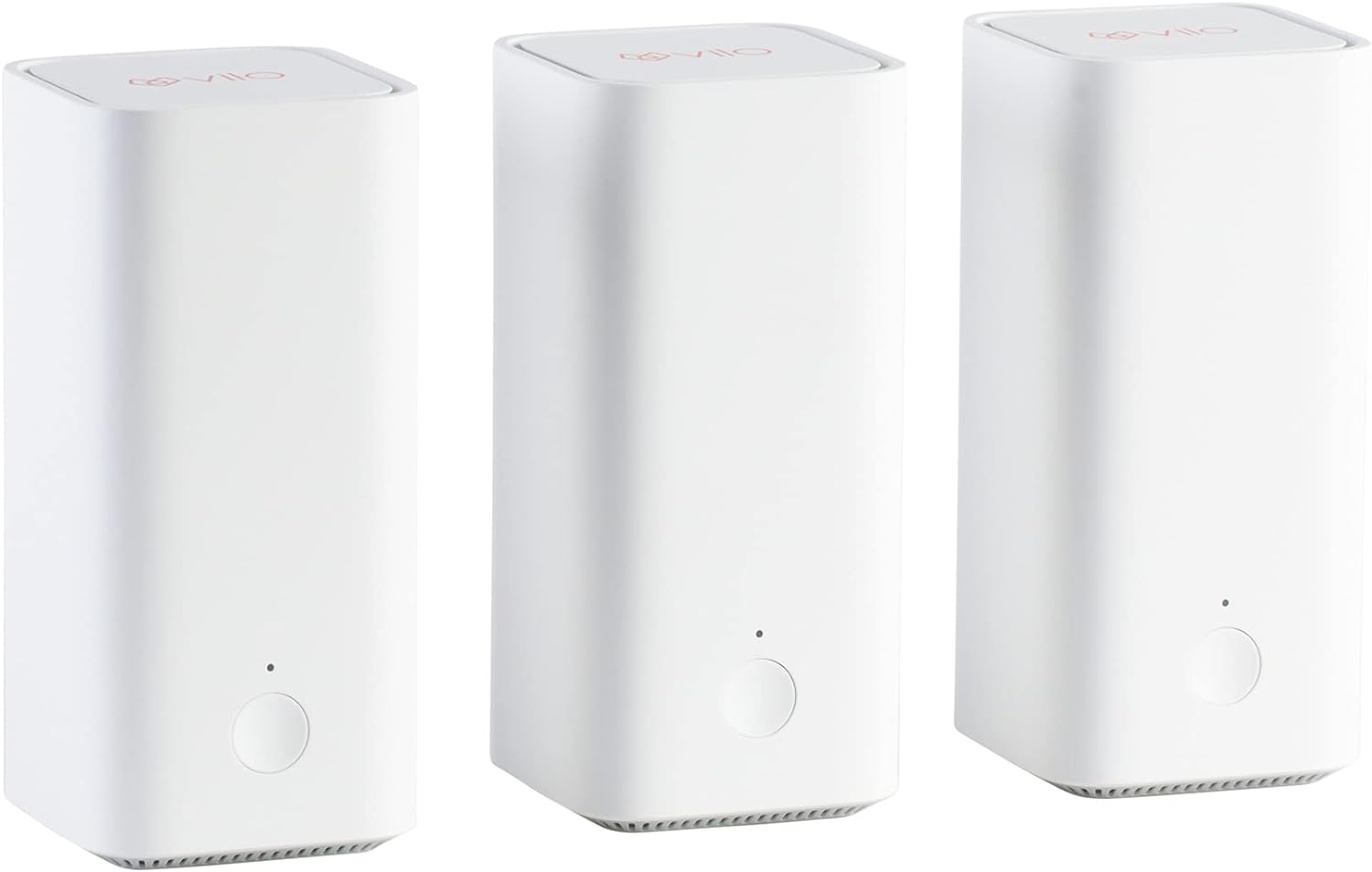Key Takeaways_
- 50% of router reviewers are untrustworthy. That means only 50% of publications actually test!
- 59 reviewers publish trusted router reviews, including Engadget, Wirecutter, and Kit Guru. These 59 reviewers’ trusted testing methodologies and reviews fuel our Performance Criteria indicators and True Scores.
- We spent 85 hours total evaluating 119 router reviewers for thorough testing and transparency.
Router Category Analysis
Routers have become essential in both home networking and professional settings, yet finding thoroughly tested reviews online remains a challenge. After three years of research, our investigation has shown that 50% of router reviewers fail to properly test routers, often lacking evidence of thorough evaluations.
How do we know what to test? Our process involves a meta-analysis of trusted expert testing methodologies, our own testing expertise, and real customer review pain points.
- First, we review existing expert methodologies whom we trust and identify their important and frequently-tested Performance Criteria. Both quantitative and qualitatively-tested criteria are considered and collected.
- We leverage our testing expertise (we’ve tested and reviewed hundreds of products several years ago) to select the most important Performance Criteria for evaluating routers.
- We then validate these Criteria by cross-referencing them with common pain points highlighted in real customer reviews.
This way, we ensure our evaluations are both rigorous and relevant.
Categories of Performance & Performance Criteria
We determined that the 8 Performance Criteria in 2 Categories of Performance below are the most important ones to test based on meta analysis of trusted criteria and expert testing methodologies, customer reviews, and our own testing expertise.
| CATEGORY OF PERFORMANCE | PERFORMANCE CRITERIA | UNIT OF MEASUREMENT | DEFINITION |
|---|---|---|---|
| Data Transfer Performance | 2.4 GHz Upload Speed | Megabits per second (Mbps) | The speed at which data can be uploaded from devices to the internet over the 2.4 GHz band. |
| Data Transfer Performance | 2.4 GHz Download Speed | Megabits per second (Mbps) | The speed at which data can be downloaded from the internet to devices over the 2.4 GHz band. |
| Data Transfer Performance | 5 GHz Upload Speed | Megabits per second (Mbps) | The speed at which data can be uploaded from devices to the internet over the 5 GHz band. |
| Data Transfer Performance | 5 GHz Download Speed | Megabits per second (Mbps) | The speed at which data can be downloaded from the internet to devices over the 5 GHz band. |
| Data Transfer Performance | 6 GHz Upload Speed | Megabits per second (Mbps) | The speed at which data can be uploaded from devices to the internet over the 6 GHz band. |
| Data Transfer Performance | 6 GHz Download speed | Megabits per second (Mbps) | The speed at which data can be downloaded from the internet to devices over the 6 GHz band. |
| Data Transfer Performance | Latency | Milliseconds (ms) | The delay that is created by a signal being sent by the router and then received. |
| Coverage | Router Range | Feet or meters | How far a device can be from a router before the signal starts degrading. It is worth noting that 2.4 GHz reaches further than 5 GHz. |
To evaluate all these criteria, you can use the following equipment:
| IMAGE | NAME | WHAT IT MEASURES | WHY IT’S IMPORTANT | PRICE |
|---|---|---|---|---|
 | WiFi Analyzer App or Browser Speed Tester | Upload & Download Speeds | You can use your router’s app or a free website like Speedtest.net, Fast.com, or CloudFlare to test your internet speed. These tests work by downloading and uploading a small amount of data and measuring how long it takes to transfer. | Free – $50 |
| Bandwidth Monitor Software | Upload & Download Speeds | Monitors the bandwidth usage and performance to ensure the router can handle multiple devices efficiently (e.g. Solar Winds, NetWorx, GlassWire). | Free – $50 | |
 | Ping Tester App | Latency | Measures the time delay in data transmission to ensure minimal lag and responsive performance (e.g. Ping – iOS, PingTools – Android, Fing – iOS & Android). | Free – $20 |
 | Heat Map Software | Router Range | Creates visual maps of Wi-Fi coverage areas to identify weak spots and optimize router placement (e.g. Ekahau HeatMapper, NetSpot, Acrylic). | Free – $50 |
What Tests are Quantitative and/or Qualitative?
Quantitative tests feature something that is either measurable or binary in nature, which includes tests that measure recline angle and weight limit.
Qualitative tests, on the other hand, are based on things that can’t be properly measured or are a “feeling” someone gets. This includes things like setup and ergonomics.
When deciding the Performance Criteria, we looked at customer pain points we found in customer reviews and determined if they could be tested and if the tests are quantitative or qualitative.
Our Trusted Data Sources
Our Trusted Data Sources
We looked at 119 router reviewers and found that 59 are trustworthy (60%+ Trust Rating). The three we have listed below are our most trusted for routers.
- James Morris – Kit Guru, LinkedIn
- Matt Spencer – TechGearLab, LinkedIn
- Brian Nadel – Tom’s Guide, MuckRack
Interested in a comprehensive analysis of our data sources? We’ve got you covered. Below, you’ll find a detailed list of every router review website we’ve identified, organized by their respective Trust Ratings from highest to lowest. But we didn’t stop there. We’ve meticulously reviewed each publication and verified the data by checking whether the authors have bio links to MuckRack or LinkedIn. We’re committed to not only checking the facts but ensuring their veracity.
Usage Cases
After identifying the most important Categories of Performance and Performance Criteria, we applied them to real-world applications.
Home Networking
- Important Categories of Performance and Performance Criteria:
- Data Transfer Performance (2.4 GHz Upload & Download Speeds, 5 GHz Upload & Download Speeds)
- Coverage (Router Range)
- Reasoning: Home networking requires reliable and fast upload and download speeds to support activities such as video streaming, online gaming, and video conferencing. Coverage is crucial to ensure that all areas of the home have a strong and stable Wi-Fi signal.
- Related Guides: Asus Routers, Ethernet Switches, Mesh WiFi Systems, Netgear Routers, Routers for Cox, Routers for Fios, Routers for Google Fiber, Routers for Optimum, Routers for Spectrum
Office/Business Networking
- Important Categories of Performance and Performance Criteria:
- Data Transfer Performance (2.4 GHz Upload Speed, 2.4 GHz Download Speed, 5 GHz Upload Speed, 5 GHz Download Speed, Latency)
- Coverage (Router Range)
- Reasoning: Office environments demand high data transfer speeds and low latency to support multiple users and various business applications. Coverage is essential to ensure all employees have access to a reliable network.
- Related Guides: Fiber Optic Routers, Modems, Small Business Routers, VoIP Routers, VPN Routers, Travel Routers
Gaming
- Important Categories of Performance and Performance Criteria:
- Data Transfer Performance (2.4 GHz Upload & Download Speeds, 5 GHz Upload & Download Speed, 6 GHz Upload & Download Speed, Latency)
- Reasoning: Gamers need high-speed data transfer and extremely low latency to ensure a seamless and competitive gaming experience. The latest 6 GHz band offers the best performance for modern gaming setups.
- Related Guides: Routers for Gaming
Streaming/Media Consumption
- Important Categories of Performance and Performance Criteria:
- Data Transfer Performance (2.4 GHz Upload & Download Speed, 5 GHz Upload & Download Speed, 6 GHz Download Speed)
- Coverage (Router Range)
- Reasoning: For media consumption, high download speeds are important to support HD and 4K streaming without buffering. Coverage ensures that streaming devices can maintain a strong connection throughout the home.
- Related Guides: Routers for Streaming
Wrap-Up
Our Router Testing Methodology underscores our unwavering commitment to transparency and accuracy in evaluating router performance. These Performance Criteria fuel our Trust Ratings that we calculate for each reviewer during our ongoing research, which we analyze further in our Router Trust List. The crazy fact that 50% of router reviewers lack enough testing emphasizes the need for our meticulous approach.
The Trust Ratings are the bedrock of our Router True Scores, which is the most accurate product score on the web. Below are our router reviews sorted by highest True Scores. We invite you to learn more about how we score products with True Scores and how they empower you to make informed buying decisions online.
We also invite expert reviewers to contribute to a more trustworthy and transparent review system. By adopting stringent testing standards and/or supporting our efforts, you help elevate the quality of router reviews and ensure that consumers can make informed choices based on reliable information.
Let’s commit to higher standards together. Together, we can transform the landscape of router reviews for the better.

